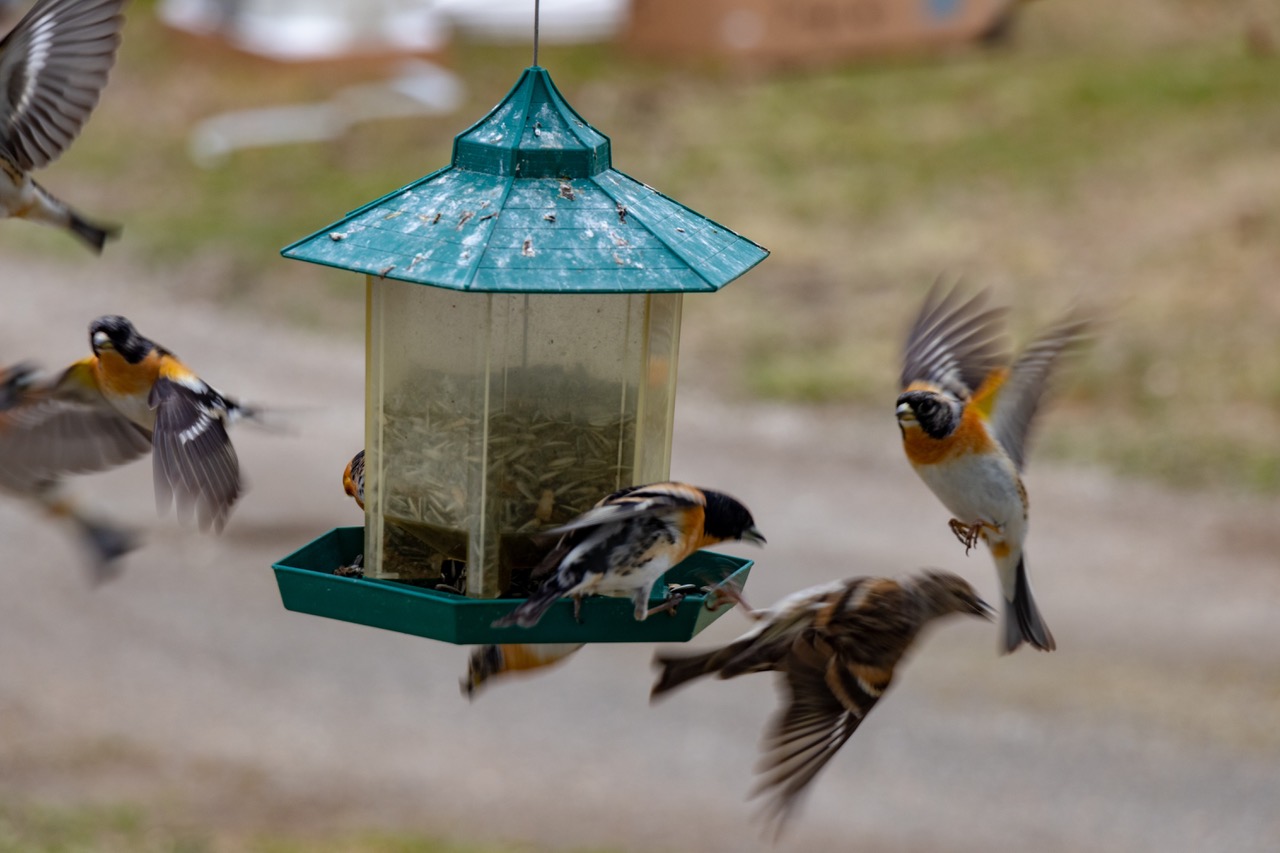Everyone likes to communicate, to share what we have learned. And there is so much to learn!! While we all enjoy sharing our latest news with friends, sometimes this news involves events or objects observed in nature. Did you hear about the bear that so and so saw in their back yard?! Naturally you want to be the first to report this interesting piece of information. But as we get a little older, sometimes it is fun to make a study of an issue and be the first to report our findings to our friends. Nature is so full of interesting features and processes and events. Have you ever asked yourself, what is happening here and why is it happening?
The item in the previous issue of Dialogue related how to study conditions that contribute to the best growth of yeast cells. To really obtain a good understanding of what is going on, there are a few general guidelines which we should observe. When a student wishes to find something out for him/herself, then a structured study is necessary. In general, an individual can only be certain that he has found something out if the study involves NUMBERS which can be compared. Therefore, the student must design his study so that there is something to MEASURE (weight, length, volume or rate) or to COUNT.
An ecological study may involve the regular recording of growth or activities of living creatures in nature. One of my daughters, for example, in grade four, counted the numbers of English sparrows feeding at a specific location at four times every day throughout the month of February. Temperature and general weather conditions were recorded at each sampling time. Such a study must be designed to answer a question. In the above case, the question was when do sparrows feed most actively? In case you are holding your breath to find out the answer, the sparrows were most hungry at the end of each day. They seemed to be less worried about warmer or colder conditions.
Experiments are the most challenging of science projects. The student must select a topic and ask a question. He must also decide what he expects the answer to be. This is called formulating a hypothesis and may perhaps be based on some research in books. Into a notebook the student should record equipment to be used, and the procedure for the experiment. As the study progresses, all observations should be recorded in the notebook too. Each test should involve the comparison of only one condition. For example, if the student were studying the effect of watering rate on grass growth, then light, fertilizer, grass species composition and all other conditions would have to be the same for all the test plots. Only the amount of water would vary between the test plots. One plot would be designated the control, and the others would be compared to it.
Measurements might involve growth height or wet weight of representative plants, or dry weight of representative plant specimens (pulled up and later discarded). Once you choose one system of measuring, you have to stick to it. Measurements would be regularly recorded. At the conclusion of the study, the results should be examined. For example, an average growth rate per plot can be calculated and the results displayed in graph form. On the basis of the results, the student must decide whether the results were as expected or not. Just remember, without numbers you cannot come to a conclusion. There is nothing to discuss with a mere appeal to apparent effects!
There are few things as satisfying as discovering some new information about the world around you! With one successful study to your credit, you will soon be looking around for other phenomena to study! Science fairs come up about once a year, for example, so why not have a suitable project chosen ready to launch? A well conducted study is a testimony to others that Christians value good information!
Margaret Helder
October 2019
Subscribe to Dialogue







